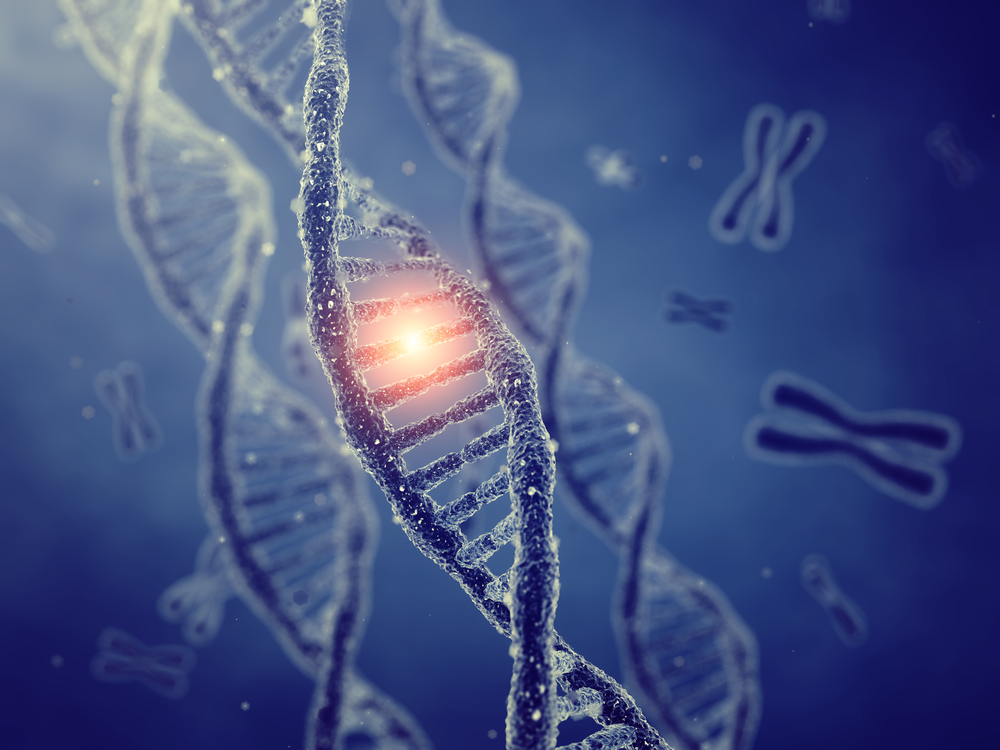Range of SMA Severity Not Explained by Mutations in SMN-Related Genes, Study Says
Written by |

Mutations in genes that interact with the SMN protein, which is lacking or present at low levels in spinal muscular atrophy (SMA) patients, are not able to explain the wide range of severity found in all forms of the disease, a study reports.
The study, “Analysis of FUS, PFN2, TDP-43, and PLS3 as potential disease severity modifiers in spinal muscular atrophy,” was published in the journal Neurology Genetics.
SMA is caused by mutations in the SMN1 gene that provides instructions for making the SMN protein, which is important for the survival of motor neurons.
SMA has a wide spectrum of severity, ranging from a severe form that occurs before birth to milder forms characterized by motor difficulties in adulthood. This variation is the basis for the classification system that distinguishes SMA types 0, 1, 2, 3, and 4, primarily based on the age at onset.
Variations in SMA severity are mostly explained by differences in the numbers of a second SMA backup gene called SMN2. Typically, there are two copies of the gene from each parent, but some people can have up to eight copies. Generally, those with more SMN2 copies have less severe disease than those with fewer.
However, up to 40% of the variability in disease severity is not associated with the numbers of SMN2 copies. It is likely factors beyond faulty SMN protein production contribute to disease progression.
Possible factors may be genes that produce proteins that directly interact with the SMN protein or are connected to its proper function.
Three such SMN-related genes have been identified — FUS, TDP-43, and PFN2 — which are also implicated in other motor diseases. A fourth gene called PLS3, while not directly connected to SMN, seems to play a role in disease severity as its overproduction was found to have a protective effect.
To find out if these genes contributed to SMA disease severity, researchers at the University Medical Center in Utrecht, and the University Medical Center in Groningen, in the Netherlands, looked for mutations in these genes in DNA extracted from the blood of 153 people with all types of SMA.
This included 19 families, of which 11 had siblings with varying degrees of severity. None of the patients had been treated with SMN-modulating therapies.
DNA analysis identified two mutations in the FUS gene, each from two unrelated people. One of these was found in a patient with three SMN2 copies and classified as SMA type 1c — a subtype unlike other subtypes of type 1 SMA, in which children acquire good head control.
This mutation, also found in people with the neurodegenerative disease amyotrophic lateral sclerosis (ALS), was predicted to be damaging. The second mutation, predicted to be benign, was isolated from a patient classified as SMA type 2a, a subtype in which patients can sit independently, but not stand or walk.
Although two mutations were found in the PFN2 gene and one in TDP-43 (also found in people with ALS), none of these changes were predicted to cause malfunction.
A total of eight mutations were identified in the PLS3 gene, five of which were found in 26 patients. While none of these mutations were predicted to affect PLS3 protein production, how they may affect protein function remains to be determined.
An analysis of the levels of PLS3 mRNA, the molecule that carries the instructions for the PLS3 protein from DNA, was conducted with 50 of the patients along with 21 healthy controls as a comparison. PLS3 mRNA levels did not differ between patients and controls, men or women, nor correlate with the number of SMN2 gene copies.
While one of the mutations in the PLS3 gene led to higher levels of PLS3 mRNA than those without this mutation, the mutations found in the PLS3 gene or its resulting activity did not explain SMA severity in this group of patients.
“We found no evidence for genetic association between variation in these candidate genes and SMA severity, although we identified specific variants in FUS and PLS3 that may be of interest in specific cases,” the researchers wrote.
“Larger studies through international collaborative efforts in search for genetic modifiers are needed, especially now that genetic modifiers such as SMN2 have become potent targets for therapeutic strategies and may help to identify those who benefit most from these intensive therapies,” they concluded.






